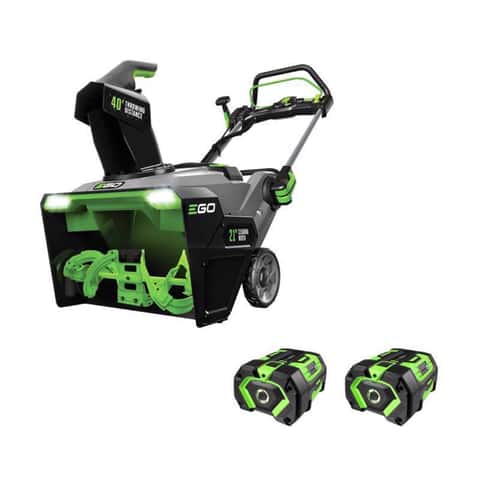What is the distinction between a flat belt and a V-belt?

Any industry that uses a transmission to operate a machine uses power transmission belts. Systems with flat and V-belt drives are fundamentally dissimilar. The foundation of V-belt drive technology is the belt’s ability to track in a matching groove on the belt pulley. The number of belts and grooves in a row increases with the amount of power delivered. The flat belt system relies on the belt’s high coefficient of friction with the crowned belt pulleys and uses a single belt in the gearbox.
Energy savings and effectiveness
Flat belts don’t need to be wedged into or pulled out of grooves since they have a relatively small cross-section, making them incredibly flexible. There is very little energy lost, as well as smooth functioning and no wedging effects. Therefore, efficiency is high: above 98 percent. High belt speeds are also possible with thin, light flat belts.
Duration of service
Low energy is lost because of the flat belt’s high friction connection to the belt pulley’s surface. The degree of flexing and the belt pulleys’ diameter is used to determine how long a flat belt will last. The service life is theoretically limitless if this is beneficial.
The V-belt functions by wedging; it is dragged out of grooves while jammed in them, resulting in severe wear and energy loss. Wedging-related wear reduces the service life. If the workplace is dusty, the service life is considerably shorter.

Pollution and noise
Flat belts are extremely silent, and the only noise they make is when air is forced out between the belt and the pulley. The flat belt has less wear because of how it operates, keeping it almost entirely clean during application.
On the other hand, as the correas trapezoidales is pushed into and pulled out of the grooves, it makes a distinctive whistling sound. This motion shortens the service life by causing wear on the belt and the grooves. As a result, black rubber dust contamination occurs.
Installation and upkeep
When a flat belt advances toward the center on both belt pulleys and tension is established, it has been properly placed. A flat belt that has been placed properly requires no maintenance and does not require adjustments.
V-belts are frequently placed based on estimation, and while this does have some margin for error, the service life is affected. V-belts need to be periodically tightened since their grooves deteriorate.








